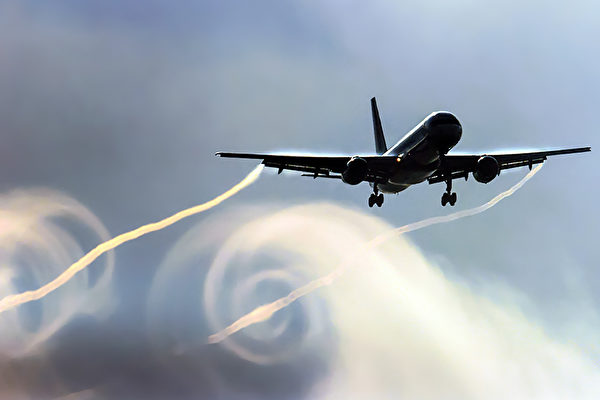Singapore Airlines’ plane recently encountered severe turbulence while flying over Myanmar, forcing an emergency landing in Bangkok, Thailand. The incident resulted in the death of one passenger and injuries to dozens of others. This begs the question – how significant is the risk of encountering turbulence when flying, and should we be concerned?
According to Hassan Vally, an associate professor of epidemiology at Deakin University in Australia, incidents like the one involving the Singapore Airlines flight are extremely rare, with less frequency compared to other types of transportation accidents that result in casualties.
Turbulence is caused by irregular movements of air, leading to sudden lateral or vertical vibrations experienced by passengers and flight crew. The turbulence experienced by the Singapore Airlines flight was clear-air turbulence, a severe case that can occur without warning. There are several other types of turbulence as well.
In Australia, civil aviation authorities receive approximately 25 reports of aircraft encountering turbulence each year. Some reports mention victims sustaining serious injuries, including fractures and head injuries. Passengers being thrown out of their seats are a common cause of head injuries.
At times, during turbulence, people may be injured by flying objects such as laptops. In one clear-air turbulence incident, flight attendants, food carts, and passengers were suddenly thrown into the air, hitting the cabin ceiling before crashing back onto the floor, resulting in injuries like fractures, dislocated shoulders, and broken teeth. The majority of those injured were individuals who were not wearing seat belts at the time the turbulence occurred.
However, the proportion of such incidents should also be considered. Just in January 2024, over 36 million passengers traveled on international flights in Australia. Therefore, the actual risk of casualties or injuries due to turbulence is quite low.
Vally mentions that when people hear about accidents like the one involving Singapore Airlines, it is natural for them to have strong emotional reactions. Imagining oneself in such a situation onboard an aircraft can evoke significant fear.
Emotional responses can alter one’s perception of risks, leading individuals to believe that these rare incidents occur more frequently than they actually do.
Nobel laureate in economics and American psychologist Daniel Kahneman described this cognitive bias in his bestselling book “Thinking, Fast and Slow.”
Kahneman said that people’s response to risks is not rational but driven by emotions. The human brain struggles to comprehend small risks, making it challenging for individuals to understand the risk of encountering turbulence on a flight.
He mentioned that the rarer an event is, the greater its impact on people’s minds, and individuals are more likely to overestimate such risks. Furthermore, the media tends to report on rare events, reinforcing this effect.
How should people assess the magnitude of risks associated with events? Vally suggests that for activities with low and hard-to-understand risks, one way to comprehend these risks is by comparing them to activities that people are more familiar with.
When comparing risks, data shows that the risks associated with driving a car or riding a motorcycle are actually much higher than those associated with flying on an airplane.
Although accidents like the one involving Singapore Airlines are fatal and evoke strong emotions, it is crucial to recognize that emotions can lead people to overestimate the likelihood of these incidents reoccurring or happening to them.
In addition to causing stress and anxiety, overestimating the risks of specific activities may also result in people making poor decisions, thereby increasing the actual risk of harm to themselves.

